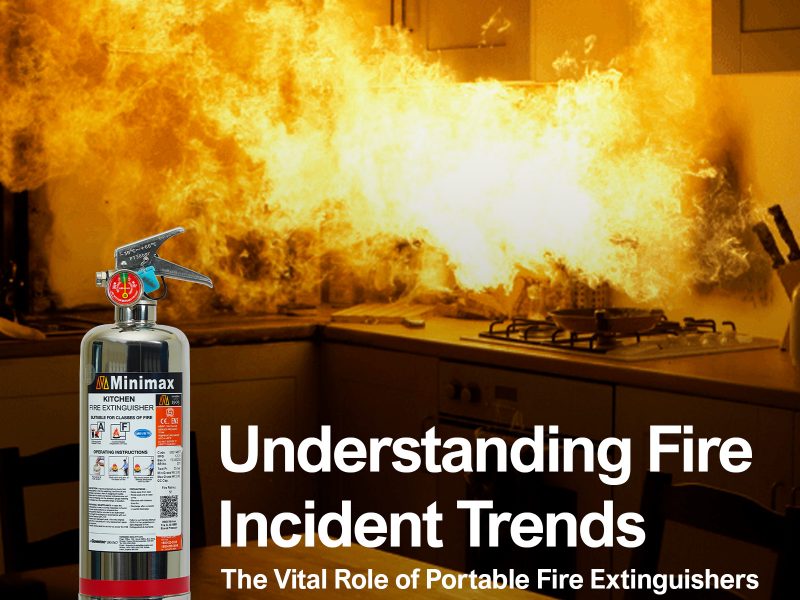
Displaying priceless artifacts to the public demands the highest levels of security and fire protection. In other words, concerned authorities shall ensure both passive and active measures to provide maximum fire protection. The risks to human life and property in historical buildings and museums are relatively high, due to the concentration of people and to the combustible nature of the interior furnishings and fittings frequently present in such buildings. For museums, art galleries, archive libraries, private antique collections, and exhibition areas, providing adequate fire protection is a bit complex and these risks, however, can be drastically reduced by taking appropriate fire protection measures.
As these buildings are open to the public, they must be equipped with the standard firefighting equipment designed to suppress incipient fires at the earliest possible stage before it escalates to blaze.
A strategy to eliminate hazards or mitigate the effects of hazards is the key component of life safety and fire protection wherever high-value art collections, antiques are stored, viewed, or displayed.
To ensure long term effectiveness a detailed fire safety management plan must be created and strictly enforced:
⦁ Identify the hazards and determine the probable audience and assets
⦁ Reduce the risk of hazards causing harm to a minimum
⦁ Decide on measures (passive and technical) that shall be initiated
⦁ Decide what management procedures shall be executed
⦁ Record the observations
⦁ Review the assessment and revise accordingly

Effective fire safety management is essential to ensure that:
⦁ The probability of a fire occurring is very low
⦁ If a fire should occur, then it should be
⦁ detected early
⦁ extinguished swiftly
⦁ restricted to a confined area of the premises
⦁ enable the emergency services to take action
⦁ Emergency management plan for safe and quick evacuation

Integrating appropriate fire protection measures into the premises
⦁ Sprinkler System and hydrant modules
⦁ Fire detection system
⦁ Alarming infrastructure
⦁ Evacuation plan with multiple escape routes (emergency lighting, signage)
⦁ Fire compartmentalization – Measures to restrict the spread of fire
⦁ Extinguishing infrastructure – Applicable portable fire extinguishers, automatic fire suppression systems)
Apart from an effective emergency plan and fire protection systems, a recovery plan shall also be prepared. A recovery plan after a fire should include directions for the salvage of priceless artwork with other high-value pieces and the prevention of further damage.
In all cases, regular service and maintenance are indispensable to ensure that the extinguishing systems and fire extinguishers are in perfect working order whenever they need to be used in an emergency.


